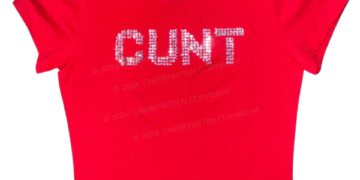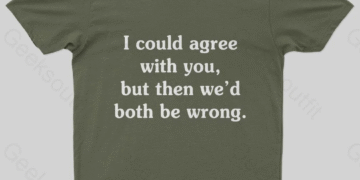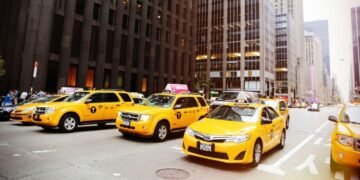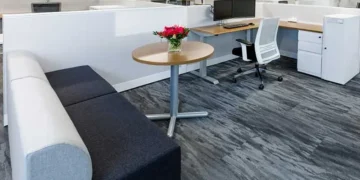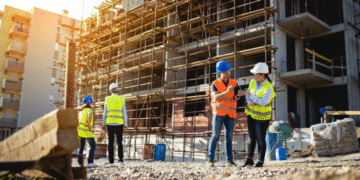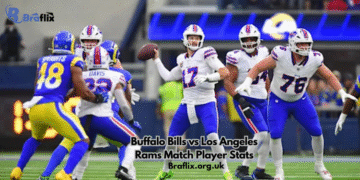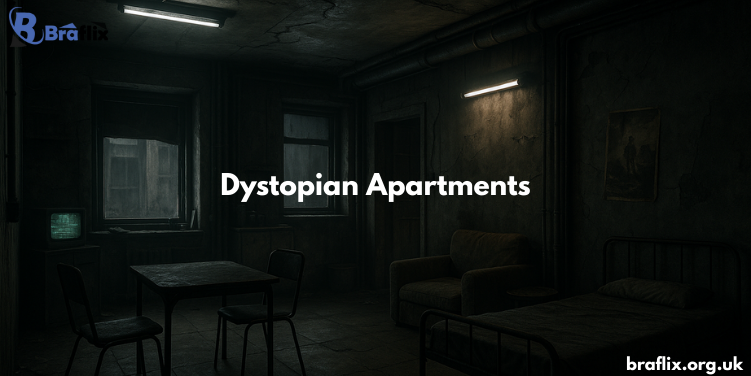Introduction
In literature, film, and even real life, dystopian apartments represent more than just cramped living spaces—they are architectural reflections of oppression, overpopulation, and loss of individuality. From cyberpunk cityscapes in science fiction to mega-complexes in certain modern urban areas, these living quarters often symbolize a society where function outweighs comfort and human connection is filtered through walls of concrete and technology.
Exploring dystopian apartments allows us to understand how space, design, and societal structures intersect—making them not only a design concept but also a cultural and political statement.
What Defines a Dystopian Apartment?
A dystopian apartment is typically a residential unit within a controlled, high-density environment, often designed to be self-sustaining yet isolating. These spaces:
- Prioritize efficiency over aesthetics.
- Often appear dark, cramped, and industrial.
- Function as part of a larger societal control system, whether fictional or real.
Example in Fiction: The crowded high-rise blocks in Blade Runner 2049 portray a future where living quarters are purely utilitarian, reflecting a fragmented, alienated society.
Example in Reality: The Regent International in Hangzhou, China—a massive residential complex housing tens of thousands—has been compared to “real-life dystopia” for its self-contained yet confining environment.
Also Read: UK Braced for Significant Snowstorm Bringing Potential White Christmas
Aesthetic Roots: Brutalism, Industrialism, and Cyberpunk
Many dystopian apartments borrow from brutalist architecture, a style characterized by:
- Exposed concrete surfaces.
- Minimal ornamentation.
- Stark geometric shapes.
Combined with industrial and cyberpunk aesthetics, they often feature:
- Exposed pipes and wiring.
- Flickering neon lights.
- Digital screens replacing windows or natural views.
This visual language communicates a sense of power, coldness, and surveillance.
Psychological and Social Impacts
Living in a dystopian apartment—whether in fiction or reality—often implies:
- Isolation: Residents may feel disconnected from the outside world.
- Surveillance: Common in fictional dystopias, with cameras and sensors monitoring movement.
- Conformity: Units are identical, leaving little room for personalization.
- Dependence: Self-contained buildings reduce the need to leave, subtly reinforcing control.
These elements have made dystopian apartment settings popular in sci-fi novels, dystopian films, and speculative art.
Step-by-Step Guide: Designing a Dystopian Apartment Concept
If you’re a writer, game designer, or artist, here’s how to create a compelling dystopian apartment setting:
Step 1 – Establish the World Context
Decide if it’s post-apocalyptic, cyberpunk, authoritarian, or corporate-controlled.
Step 2 – Choose the Architectural Style
- Brutalist for oppression and weight.
- Industrial for grit and decay.
- Cyberpunk for high-tech, low-life aesthetics.
Step 3 – Design the Interior Layout
- Small, compact rooms with multifunctional furniture.
- Minimal natural light; use artificial, cold-toned lighting.
Step 4 – Add Environmental Details
- Wall cracks, rust, graffiti, or flickering lights to suggest decay.
- Monitors, speakers, or control panels for constant announcements or propaganda.
Step 5 – Include Human Traces
Even in uniform spaces, small personal items (photographs, trinkets) can hint at resilience.
Tip: Use the environment to reflect the themes of your story—if control is the theme, show it through locked doors, ID checkpoints, and uniform room designs.
Real-World Examples and Inspirations
While dystopian apartments are a staple of fiction, real-life structures echo their design:
- Kowloon Walled City (Hong Kong, demolished 1993): An infamous dense urban maze that inspired countless dystopian settings.
- Micro-apartments in Tokyo: Ultra-compact living spaces with minimal privacy.
- Regent International, Hangzhou: A modern “vertical city” where residents rarely need to leave the complex.
These examples show how overpopulation, housing shortages, and urban planning can unintentionally mirror dystopian design principles.
Also Read: Pabington: The Timeless Town That Lives in Story, Spirit, and Vision
Conclusion
Dystopian apartments are more than just a genre trope—they’re cautionary symbols of what happens when architectural design prioritizes control, efficiency, and profit over human well-being. Whether used in storytelling or observed in the real world, they challenge us to ask: What kind of living spaces do we want our future to hold?
By studying and imagining these spaces, we gain insight into societal values, power structures, and the human need for both shelter and freedom.
FAQs
1. What is a dystopian apartment?
A high-density living space that reflects societal control, isolation, and utilitarian design—common in science fiction and sometimes mirrored in real life.
2. Are dystopian apartments only fictional?
No. While popular in fiction, real-life mega-complexes and micro-apartments can share similar characteristics.
3. What architectural styles are common in dystopian apartments?
Brutalism, industrialism, and cyberpunk-inspired designs dominate this aesthetic.
4. Why do creators use dystopian apartments in stories?
They symbolize themes of control, alienation, and resilience, making them powerful narrative tools.
5. Can dystopian design influence real-world architecture?
Yes. In some cases, high-density housing projects adopt design choices that unintentionally resemble dystopian settings, raising concerns about livability.

